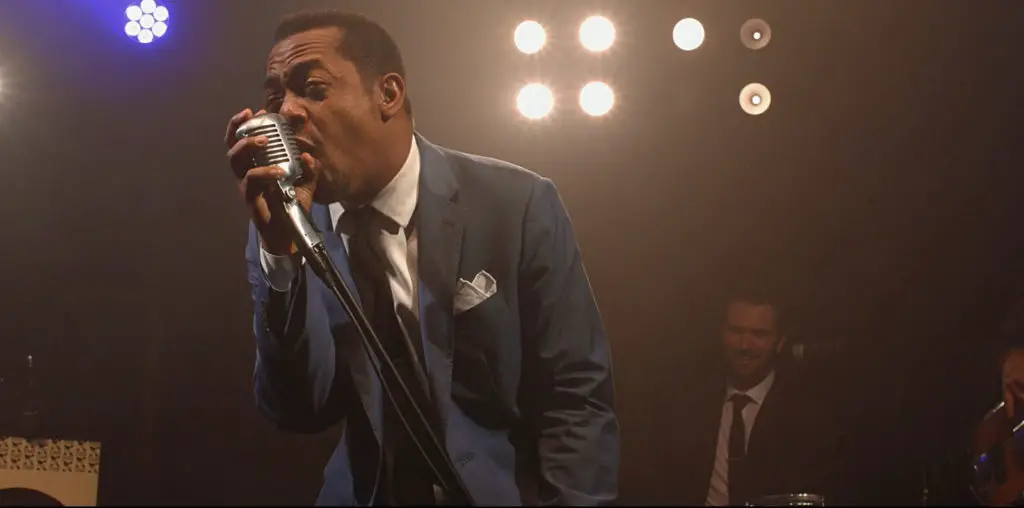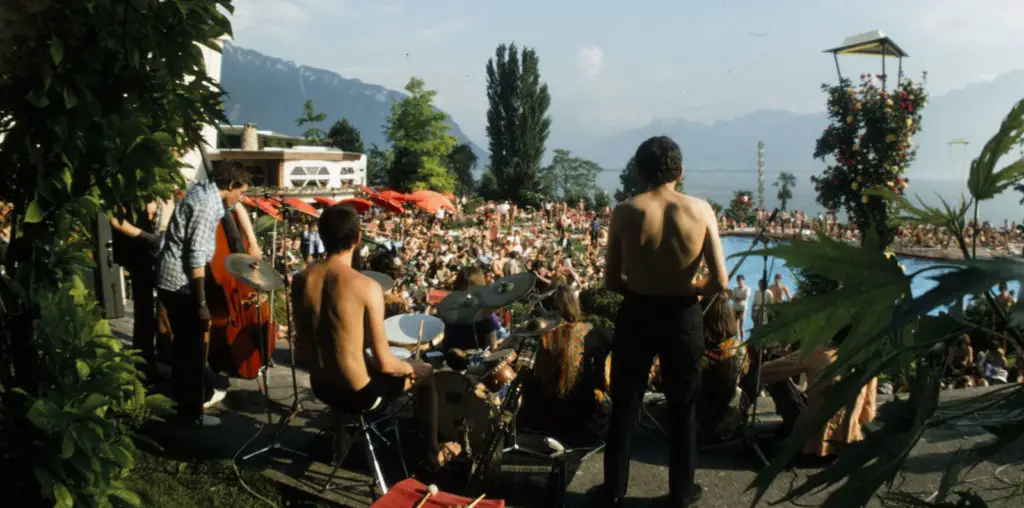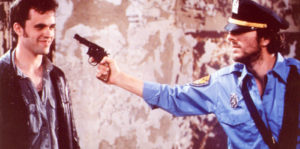
In 1987, director Robert Frank and co-director/writer Rudy Wurlitzer dropped the needle on a classic groove in the form of a film called Candy Mountain. Julius (Kevin J. O’Connor) is trying to break into the music business in New York, playing backup and taking day jobs to make ends meet.
When he’s preparing for a gig with band leader and vocalist Keith Burns (David Johansen), he overhears that producers in NYC are looking for a legendary guitar maker named Elmore Silk (Harris Yulin). They want to see the man or lay hands on his instruments. Julius fabricates a tale that he was taught guitar by Elmore Silk, and Burns offers him cash to find Silk and bring him back to the city. With trip expenses in their pocket, Julius begins his vision quest by losing his girlfriend and, more importantly, her car, leaving him on foot.
He finds a ride and rolls up to the house of Elmore’s brother, Al Silk, played to perfection by singer Tom Waits. When Julius says he’s looking for Elmore, Al says, “I like a man who doesn’t know where he’s going.” This sets the tone for the rest of the adventure. Al points Julius in the right direction and sells him a car. On the road in the beautiful 1960 flat black Ford Thunderbird, the odyssey begins in earnest. He encounters a plethora of wild characters and a constantly shifting set of vehicles along the way.
He meets a young Laurie Metcalf as Elmore’s intensely angry daughter, Alice. New Orleans Jazz singer Dr. John plays Alice’s deadbeat husband, Henry. Alice offers Julius Elmore’s address and a VW Microbus in exchange for the Thunderbird. He winds up in Canada, arrested for trespass, and held in a cabin. One of his captors is named Leon (played by jazz singer Leon Redbone). He makes a deal to get free. Julius is not overly attached to the truth about himself or his journey, saying whatever will work best to get him further down the road.
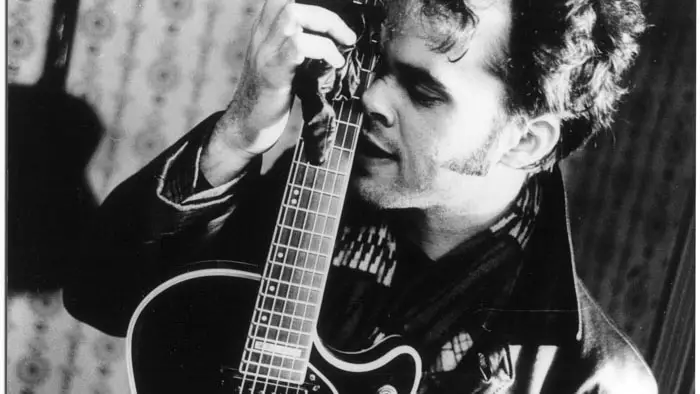
“…Burns offers him cash to find Silk and bring him or his guitars back to NYC…”
Candy Mountain is a gem showcasing a neo-beat road trip, the 1980’s folk-rock music scene, and a group of unforgettable musicians. Julius experiences a kaleidoscope of people and places, with the thinnest narrative thread winding through the disjointed pieces. The film feels like an update on Kerouac’s On The Road, with perhaps a lingering aftertaste of Easy Rider. Tom Waits shows up in films mostly where and when you don’t expect him, and he’s always delightful. Aside from being an appropriately celebrated musical genius, Waits is also an underrated actor. The music, of course, is priceless despite never being released as a soundtrack. The script feels like something Hunter Thompson would write. The pacing is languid, never rushed. Much of the cinematography is shot in low light, rough but beautiful, by Swiss DP Pio Corradi.
Frank and Wurlitzer take us on a low-brow pilgrimage, before low-brow was hip, from North America and into Canada, searching for an elusive figure who is more legend than man. Julius is like Captain Willard, who goes up the river to find Colonel Kurtz. None of the characters are sympathetic, but all are authentic. Frank meant for this film to reflect a growing commercialism in music and, in fact, the increasingly transactional nature of American life. Nobody rides for free. Nearly 40 years on, this is a fascinating artifact, as well as a unique cinematic experience.
Candy Mountain has been digitally restored in 2K and will be re-released to theaters in October 2024.
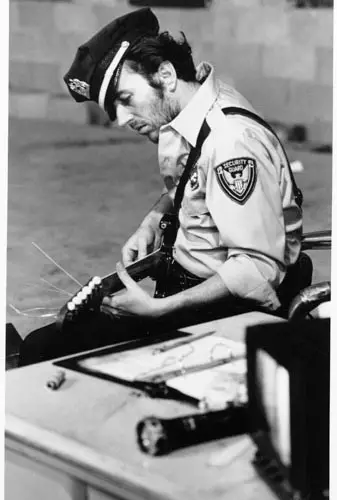
"…a unique cinematic experience."
